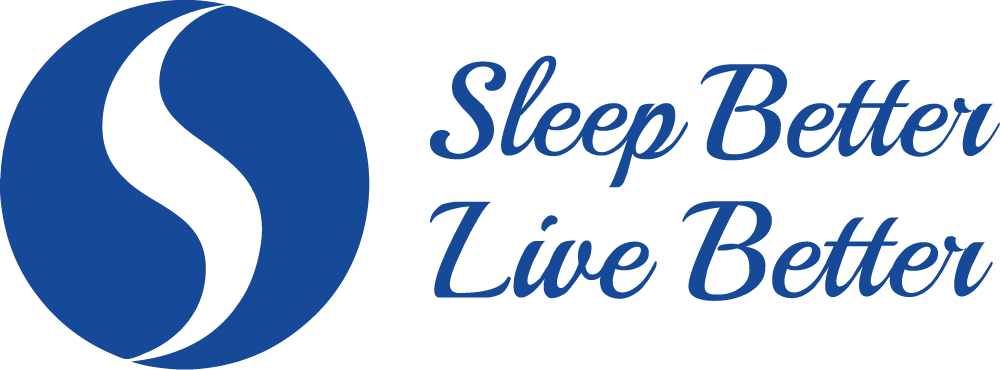FAQ
Sleep Better Live Better
We have provided below answers to some common questions we get asked below. However, if you still have questions, please contact us and we will be happy to answer your queries.
Frequently Asked Questions for Oral Appliance Therapy:
An oral appliance that is specifically made for sleep apnea and snoring is a custom made device that has two separate pieces, one that covers your upper teeth and one that covers your lower teeth. They might remind you of invisalign trays (but much more durable) or a nightguard (but thinner and 2 pieces). The main difference between an oral appliance for sleep apnea and other oral devices that you might wear at night is the ability of the device to hold the lower jaw forward.
Oral appliances work by stabilizing the lower jaw in a slightly forward position when you are sleeping. This maintains more room in your airway, which helps to prevent apneas and hypopneas (full or partial closures of your airway) and maintain proper oxygenation through your sleep. This also reduces snoring that is caused by the throat tissues getting too close together and vibrating.
Oral appliances are recommended as a “first line therapy” option for those with disruptive snoring and mild-moderate sleep apnea. It is also recommended for people with any level of sleep apnea who have tried a CPAP and cannot tolerate it.
Oral appliances are not recommended for those with central sleep apnea or significant lung damage that may require more support, such as a BiPAP machine. However, oral appliances can still be an option for everyone if other therapies have proven to be intolerable as oral appliances may still help alleviate symptoms and reduce other risks caused by sleep apnea.
MSP does not cover any treatment for sleep apnea.
Oral appliances are usually covered under medical plans, not dental plans. Most benefit plans will cover treatment of moderate-severe sleep apnea with an oral appliance. Each plan is individual in their coverage amount, and a pre-approval can be done for you to check exactly what your coverage would be before committing to the therapy. Most plans will no longer cover treatment for mild sleep apnea, although there are exceptions for people who are replacing an oral appliance that was previously approved by their insurance.
It is important to remember that CPAP and oral appliances use different methods to treat sleep apnea and we also use different parameters to measure their success. For example, with CPAP therapy, “successful treatment” is generally defined as wearing the CPAP for 4 or more hours each night where the AHI (apnea -hypopnea index) is normalized, or under 5.
For oral appliance therapy, we expect people to wear their oral appliance all night, not for a minimum of 4 hours, and expect a minimum reduction in AHI of 50%.
Recent studies have shown that over the course of 5 years, health outcomes for those who use oral appliances are similar to those using a CPAP machine. While oral appliances may leave some patients with residual AHI, the increased tolerance and ability to wear the appliance in more situations leads to the same improvement in overall health.
Studies also show that one of the most important factors in the success of either CPAP or oral appliance therapy is the ability for the patient to choose the therapy they think will be best for them, and to feel empowered to choose the option most suited to their lifestyle.
Oral appliances are ideal for those with a lifestyle that includes a lot of travel or activities that may leave you without access to consistent power and water. They are small and can be easily packed in a protective mouthguard case that keeps that safe when travelling, backpacking or camping. You only need a toothbrush, soap and clean water to clean them so maintaining them on the road is easy.
It is important to try to get any major dental work completed prior to starting oral appliance therapy, because these are long term medical devices that treat a chronic and possibly life threatening condition. It is important that they fit well and for as long as possible.
Oral appliances can easily accommodate crowns, bridges and veneers. Oral appliances will not damage existing dental work unless it is already loose or failing, and oral appliances can be adjusted to ensure they do not damage teeth that may have existing bone loss or other issues.
Yes, we currently have patients successfully wearing oral appliances over full and partial dentures. The dentures need to fit very well and you must wear them through the night. Dentures require an individual assessment to determine if they will be able to support an oral appliance for sleep apnea.
Oral appliances actually act like a retainer that you wear each night, so tooth movement is very unlikely. It is possible in cases where we are unable to wrap the appliance all the way around your back molars. If this is the case for you, the dentist will discuss that with you at your exam and will be able to let you know if they think tooth movement is a possible side effect you will experience.
A change in your bite posture is a common side effect of oral appliance therapy, however for most patients it does not prevent them from wearing the therapy. Changes in bite posture can also be managed and even prevented by 15 minutes of physio each morning. Much like you need to correct your posture after sitting at a desk all day, you may need to do the same thing with your jaw. A morning occlusal guide can be made for you to ensure your bite is returning to normal each day.
Snore Less
Breathe More
Sleep Better
Adding Thousands of Years of Life Lived With Vitality to the Community We Serve.

Products & Services
About
Contact
Locations
© Sleep Better Live Better | Website Designed By Longhouse Media
© Sleep Better Live Better
Website Designed By Longhouse Media
